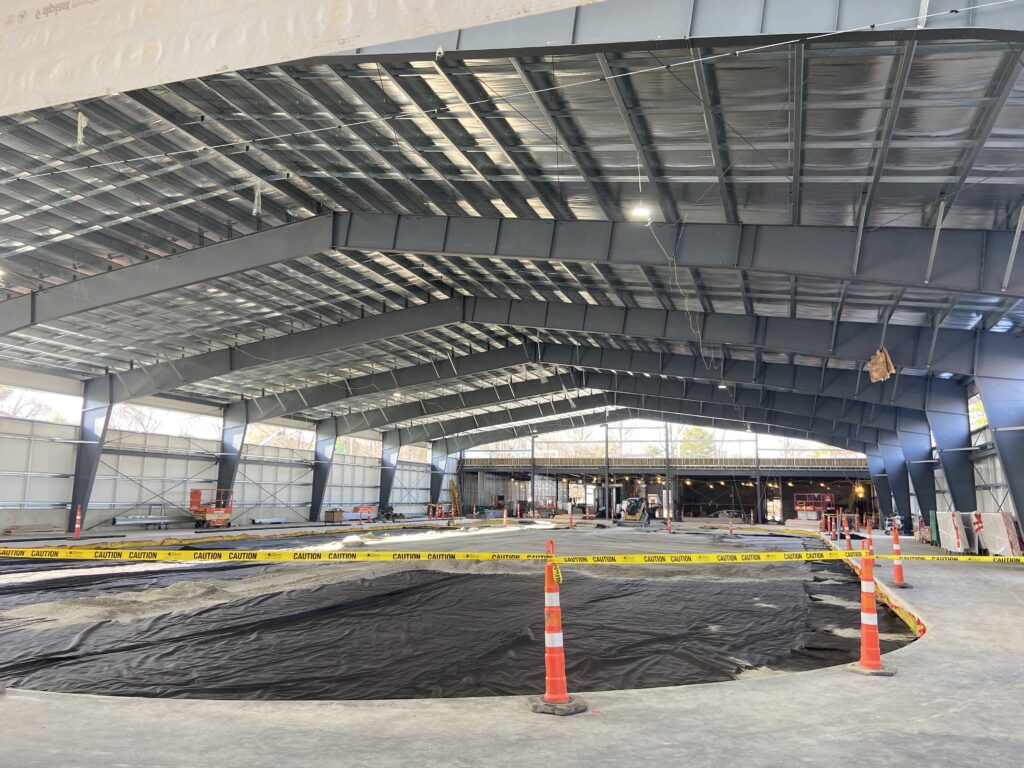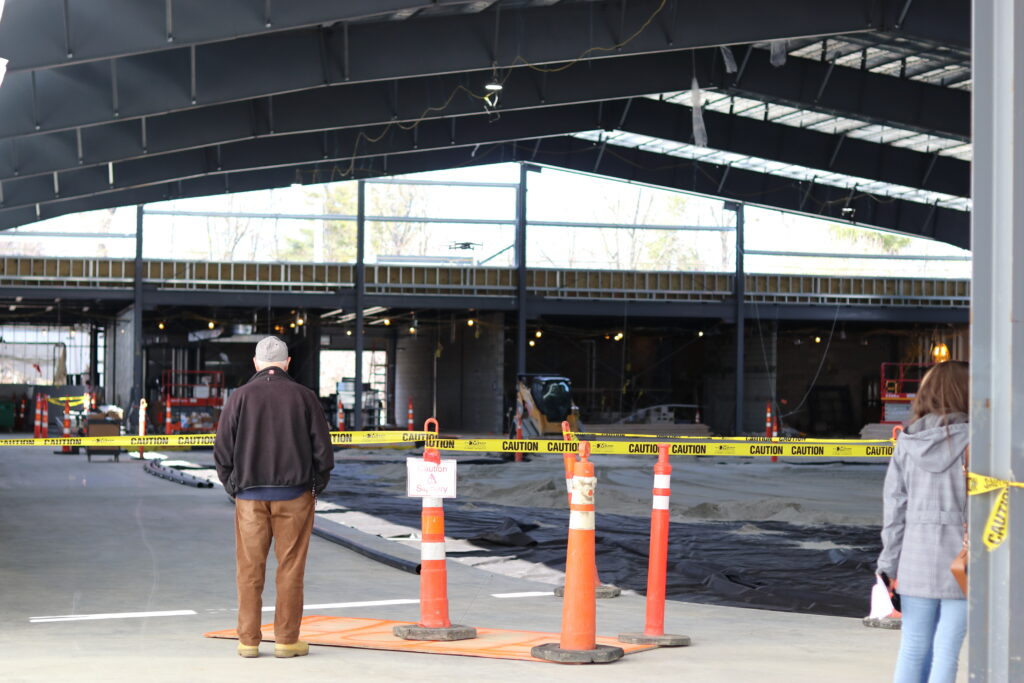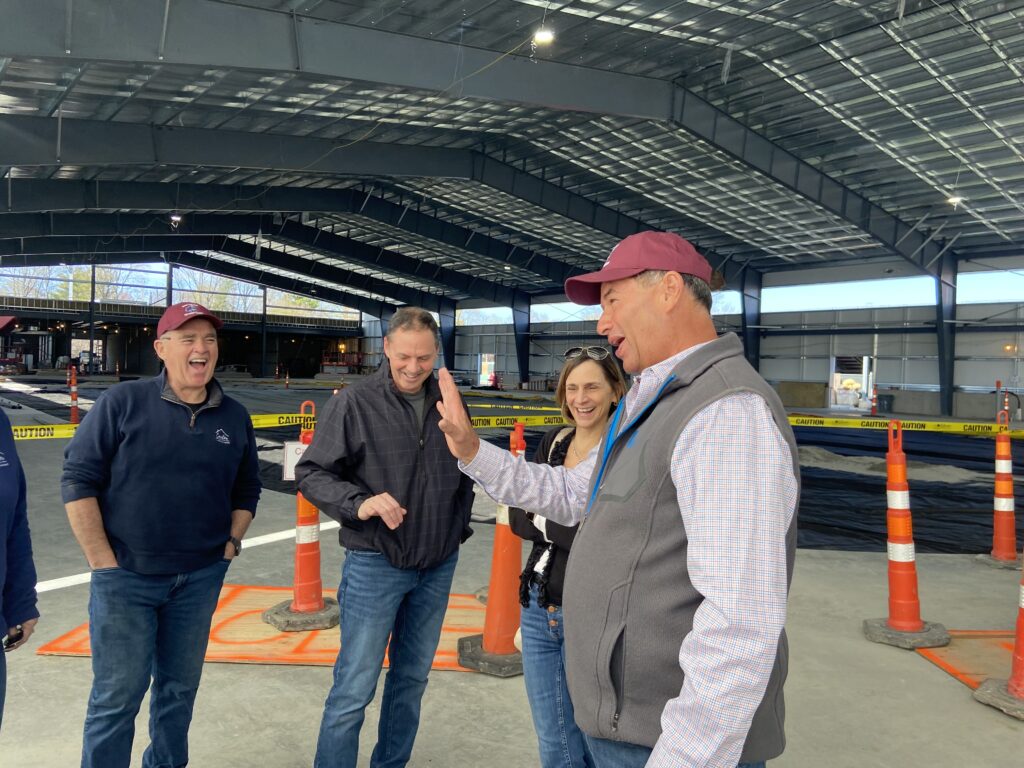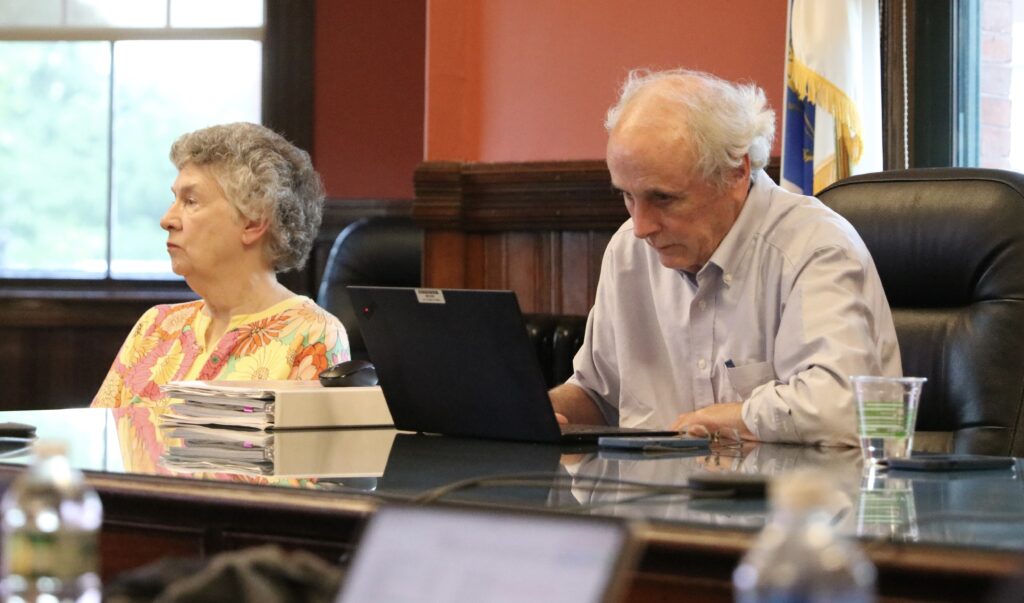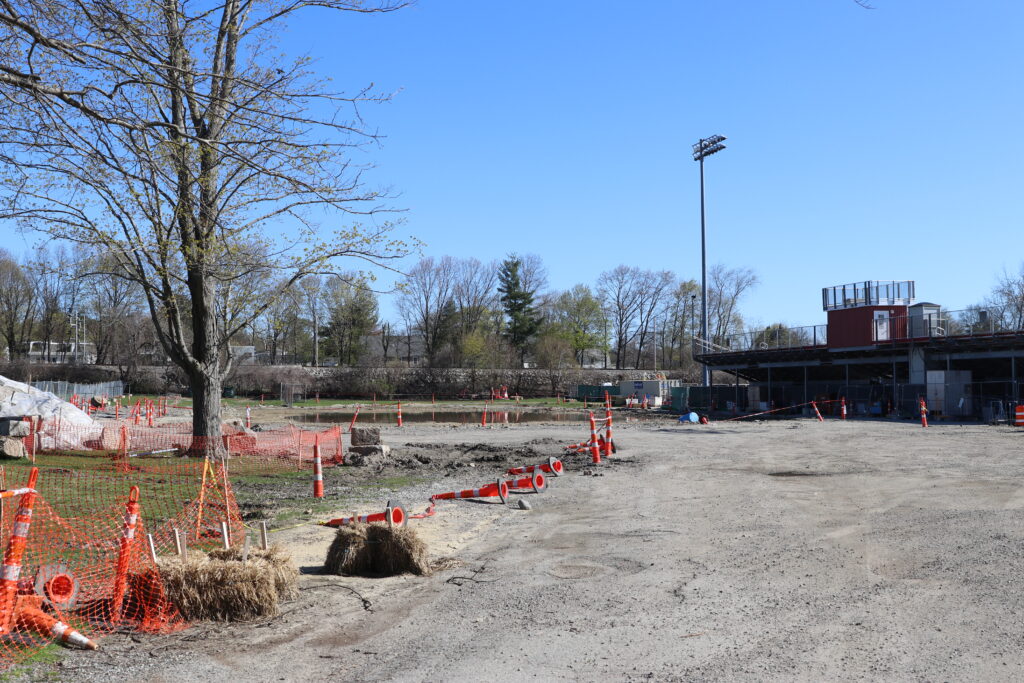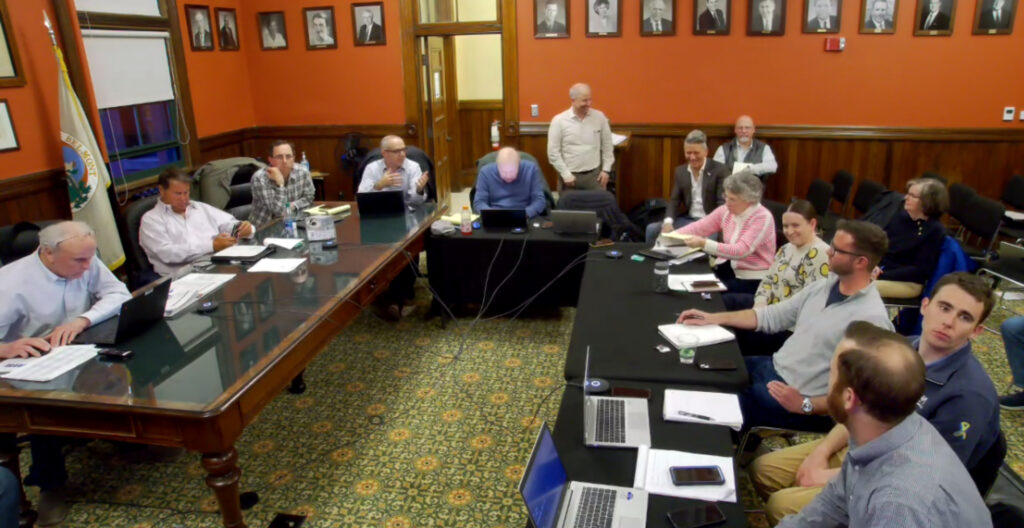Photo: The West of Harris Field play grounds and the former varsity softball diamond
Six years after ground breaking on the Belmont Middle and High School, the town has approved a plan to reconstruct the playing ground known as West of Harris Field, which is the final work required to complete the School’s campus.
On Monday, Sept. 30, the Select Board award the West of Harris Fields renovations contract to MJ Cataldo Inc. of Littleton for $765,000. The project will renovate the fields and softball diamond West of Harris Field, create a shot put circle and sector as well as putting up new fencing.
According to Belmont DPW Director Jay Marcotte, work on the project will begin in November.
The project started as a Community Preservation Committee request simply to redo the long-time softball field. In May, Belmont Town Administrator Patrice Garvin and Belmont Schools Superintendent Dr. Jill Geiser presented an CPC application seeking $429,000 to redevelop the former varsity softball field at the far end of the BMHS campus adjacent to the new Belmont Sports Complex and the MBTA commuter rail tracks.
While the softball renovation was being considered, the Municipal Skating Rink Building Committee in charge of building the rink was using the JV soccer field, located next to the softball field, as lay down area for steel and material for the rink’s construction. Using the lay down area was on condition that when the project was completed at the end of 2025, “the construction manager would put the field back as it found it,” Garvin told the board.
“So when we started looking at the softball field, we realized there was some economies of scale that we could potentially capitalize on in regards to taking two projects and making it one to be bid out,” said Garvin. “So we really wanted to take what was approved at Town Meeting and elevated to another level.”
Working with Mark Haley, the chair of the Building Committee, the DPW, and the landscaping firm Activitas Inc., the town created construction bid documents for a single project, “hoping for a better price.”
“So this is really an effort between what we were able to appropriate from CPC, the Rink Building project through the construction manager, and the DPW to make the best projects we can,” said Garvin.
The funding sources for the project are CPC and the Rink Building Committee, along with some Revolving Field Funds, said Marcotte.
Twelve construction firms bid on the project with Cataldo coming in a low bidder, said DPW’s Marcotte.
